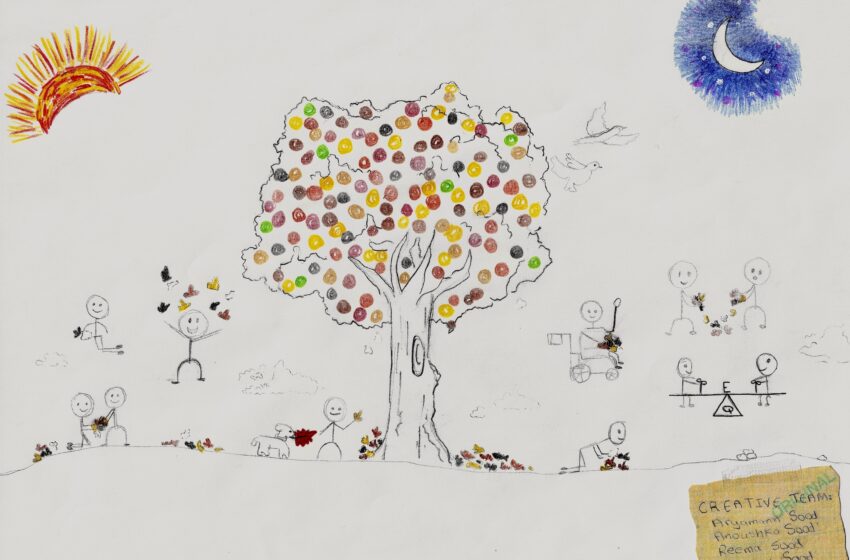Rethinking racism: Beyond color, culture, and conflict

Drawing credit: Aryamann Sood, Anoushka Sood, Reema Sood, and Jayshal Sood.
In the context of immigration and racial diversity, one pressing issue is racism, which raises several questions. Is racism always a conflict between white people and people of color? Are racial differences the root cause of racism, or is something else involved? Can we call out racist actions without fearing negative consequences or being judged? Lastly, where do culture, color, country of origin, accents, and other characteristics fit in?
I only became aware of racism during my second master’s degree in the US, possibly due to limited exposure to multiculturalism and multiracial environments during my upbringing in India, or perhaps the issues just weren’t as noticeable while growing up. My professors in the US were white and taught me international and investigative reporting, writing, and storytelling. This experience helped me build a strong foundation in journalism and public affairs and, more broadly, gave me the communication skills needed to navigate a more diverse world.
READ: 61% Asian Americans feel increased hate toward them: Report (May 8, 2024)
In my current workplace as a federal public servant in Canada, I have a white Director and a black Supervisor who have generously shared their work experiences and journeys to help me grow personally and professionally. Outside of work, I am being mentored by a retired black executive, from the federal public service. They have enabled me to progress as a public servant in the federal government. It’s worth noting that all of this growth has come at no cost to my heritage and cultural beliefs, which have been welcomed by the people who have helped me grow.
My children, however, have had different experiences in Canada. One of them was beaten up in school by a group of racialized kids, and the principal didn’t intervene while a police officer actively listened and appropriately responded. In another instance, when a child made racist comments towards my child, a principal took prompt action to rein in that child and was very apologetic about such an incident happening in their school.
After reflecting on these experiences, I began to wonder if race, colour or culture played a role in determining the outcomes we faced, or whether it was simply a matter of individual experience, awareness and conduct of wrongdoers and authority figures. Given these instances, it seems reasonable to conclude that addressing racial diversity could involve having individuals in leadership roles who possess the appropriate level of awareness, mindset, and ethical behaviour to embrace diversity respectfully.
It appears to me that meaningful conversations about racism, multiculturalism, diversity, equity, and inclusion can only develop in an environment that nurtures genuine intentions and competent leaders – regardless of their race. Upon deeply examining the distinctions in race, colour, culture, personality attributes and other external and internal factors, people will eventually come to the realization that every individual is unique in their own way.
At this juncture, they will face two choices: either segregate themselves from the over 8 billion unique individuals on the planet, or embrace equity and diversity and assimilate to coexist happily and peacefully as one human race.
